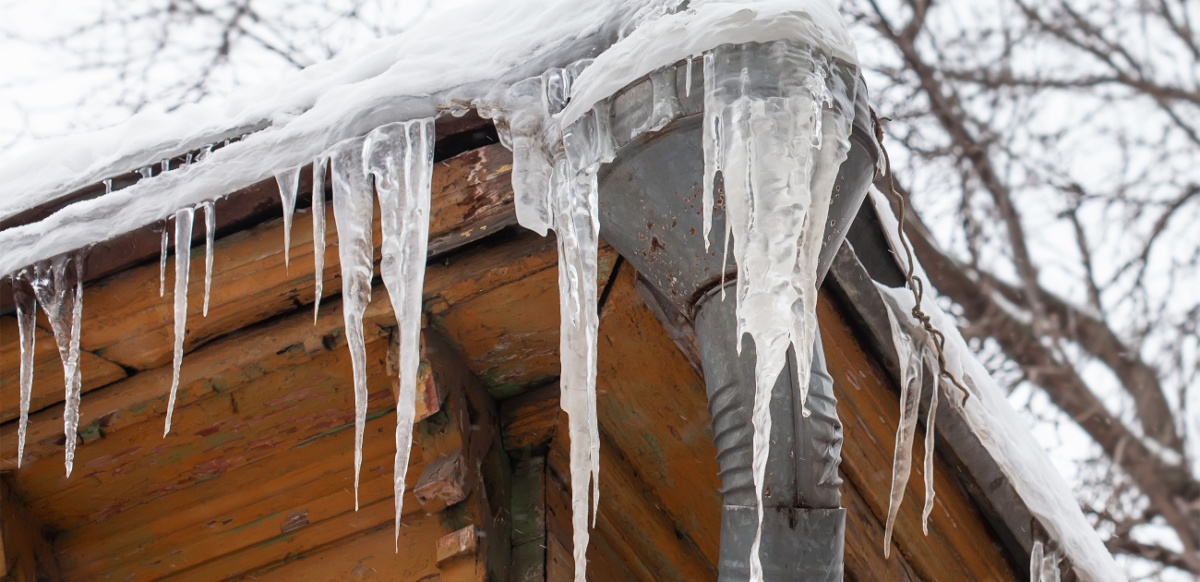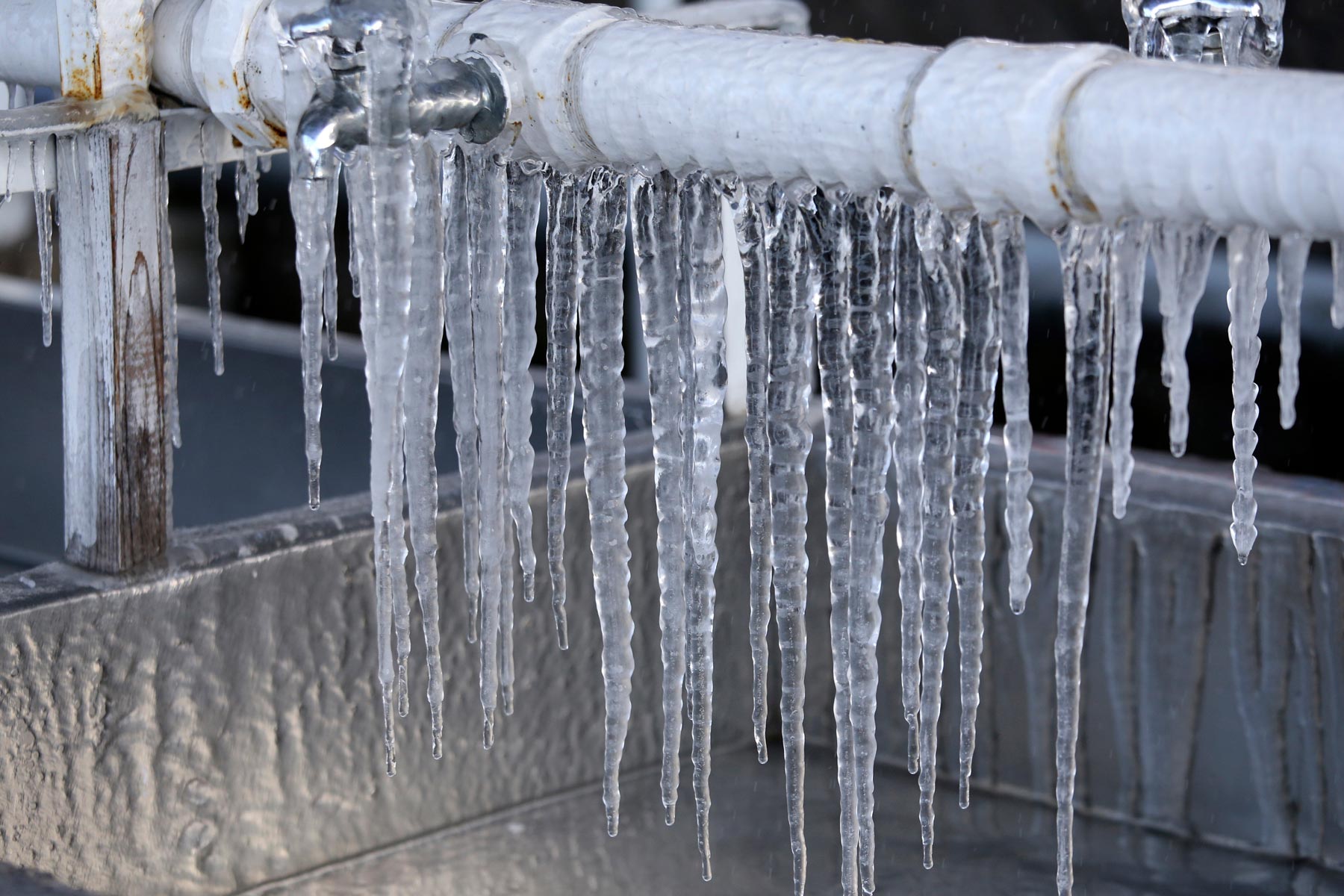Protect Against Frozen Pipes in Winter: Pro Tips
Protect Against Frozen Pipes in Winter: Pro Tips
Blog Article
Just about every person maintains their own individual rationale about How to prepare your home plumbing for winter weather.

Winter can wreak havoc on your pipes, particularly by freezing pipelines. Here's exactly how to avoid it from happening and what to do if it does.
Intro
As temperature levels decrease, the danger of frozen pipes increases, potentially bring about pricey fixings and water damages. Recognizing exactly how to stop icy pipelines is critical for home owners in chilly climates.
Prevention Tips
Protecting susceptible pipes
Cover pipelines in insulation sleeves or use warm tape to shield them from freezing temperatures. Concentrate on pipes in unheated or exterior areas of the home.
Heating strategies
Maintain interior areas effectively heated up, specifically areas with plumbing. Open up cabinet doors to enable cozy air to flow around pipes under sinks.
How to identify icy pipelines
Seek decreased water circulation from taps, uncommon odors or noises from pipes, and visible frost on revealed pipelines.
Long-Term Solutions
Structural adjustments
Take into consideration rerouting pipes far from exterior wall surfaces or unheated locations. Add additional insulation to attics, cellars, and crawl spaces.
Upgrading insulation
Buy top notch insulation for pipelines, attic rooms, and wall surfaces. Appropriate insulation assists maintain regular temperatures and minimizes the threat of icy pipelines.
Shielding Exterior Pipes
Garden hose pipes and outside taps
Separate and drain pipes yard hoses prior to winter. Set up frost-proof spigots or cover outdoor taps with shielded caps.
Understanding Icy Pipelines
What creates pipelines to ice up?
Pipes ice up when revealed to temperature levels listed below 32 ° F (0 ° C) for prolonged durations. As water inside the pipes freezes, it broadens, taxing the pipeline wall surfaces and possibly triggering them to burst.
Threats and problems
Frozen pipelines can result in water system interruptions, residential or commercial property damages, and costly repairs. Burst pipelines can flood homes and create substantial architectural damages.
Indicators of Frozen Pipeline
Recognizing icy pipes early can stop them from breaking.
What to Do If Your Pipelines Freeze
Immediate actions to take
If you presume icy pipes, maintain faucets open up to soothe pressure as the ice thaws. Use a hairdryer or towels soaked in hot water to thaw pipes slowly.
Final thought
Stopping icy pipelines needs proactive steps and fast feedbacks. By recognizing the reasons, signs, and preventive measures, home owners can safeguard their plumbing during cold weather.
5 Ways to Prevent Frozen Pipes
Drain Outdoor Faucets and Disconnect Hoses
First, close the shut-off valve that controls the flow of water in the pipe to your outdoor faucet. Then, head outside to disconnect and drain your hose and open the outdoor faucet to allow the water to completely drain out of the line. Turn off the faucet when done. Finally, head back to the shut-off valve and drain the remaining water inside the pipe into a bucket or container. Additionally, if you have a home irrigation system, you should consider hiring an expert to clear the system of water each year.
Insulate Pipes
One of the best and most cost-effective methods for preventing frozen water pipes is to wrap your pipes with insulation. This is especially important for areas in your home that aren’t exposed to heat, such as an attic. We suggest using foam sleeves, which can typically be found at your local hardware store.
Keep Heat Running at 65
Your pipes are located inside your walls, and the temperature there is much colder than the rest of the house. To prevent your pipes from freezing, The Insurance Information Institute suggests that you keep your home heated to at least 65 degrees, even when traveling. You may want to invest in smart devices that can keep an eye on the temperature in your home while you’re away.
Leave Water Dripping
Moving water — even a small trickle — can prevent ice from forming inside your pipes. When freezing temps are imminent, start a drip of water from all faucets that serve exposed pipes. Leaving a few faucets running will also help relieve pressure inside the pipes and help prevent a rupture if the water inside freezes.
Open Cupboard Doors
Warm your kitchen and bathroom pipes by opening cupboards and vanities. You should also leave your interior doors ajar to help warm air circulate evenly throughout your home.

We were shown that write-up about Helpful Tips to Prevent Frozen Pipes this Winter from a buddy on a different domain. For those who enjoyed reading our blog post plz don't forget to pass it around. We enjoy reading our article about How to prepare your home plumbing for winter weather.
Click Here Report this page